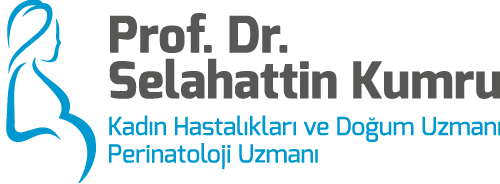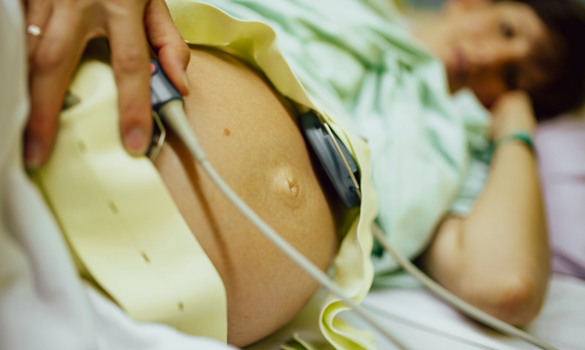What is Fetal Therapy?
Fetal therapy refers to the treatment of some health problems detected in unborn babies in the mother's womb, thanks to the opportunities provided by technological developments in medicine. This treatment method ensures that some congenital diseases give better results by intervening before birth. Especially in some cases, prenatal treatment can increase the baby's chance of survival and provide advantages over treatments that would be applied after birth.
Why is Fetal Treatment Applied?
When structural or functional disorders detected in some babies in the mother's womb are detected in the early period, the chance of intervention arises. Fetal therapy is applied with the aims of sustaining the baby's life, completing organ development and reducing post-birth complications through these interventions. Fetal therapy can be vital in cases where treatments to be applied after birth may not be effective or may be too late.
In Which Diseases is Fetal Therapy Preferred?
Today, there is no in-utero treatment method for all problems diagnosed in the mother's womb. However, in some cases, it has been understood that in-utero treatment increases babies' survival chances and/or is superior to treatment after birth, so in-utero treatment has come to the fore in today's medicine.
Fetal therapy is generally evaluated in the following situations:
- Twin-to-twin transfusion syndrome (TTTS)
- Fetal lower urinary tract obstructions (LUTO)
- Neural tube defects such as spina bifida
- Diaphragmatic hernia
- Fetal lung development disorders
In some of these diseases, the baby's chance of survival can be significantly increased with in-utero intervention.
What Kind of Evaluation is Made for Fetal Therapy?
In-utero treatment is not a treatment method that can be performed by everyone under all conditions. Before starting treatment, what the problem exactly is should be revealed. For this purpose, after procedures such as ultrasonography, MRI, amniocentesis if necessary, the problem should be completely defined. After diagnosis, at this stage, is it correct to do in-utero treatment, to observe, to terminate the pregnancy, or to leave the treatment until after birth? All of these options should be discussed with the family in councils formed with the participation of people from multiple specialty areas (multidisciplinary approach) before deciding which will be the most appropriate method in the current situation. If it is understood that in-utero treatment is more appropriate, more beneficial and better in terms of benefit-risk ratio, then it will be necessary to make a plan for in-utero treatment.
The center where in-utero treatment will be performed will not be outpatient clinic conditions, but advanced hospital conditions. In this center, in addition to the perinatologist, other specialists from relevant branches should also be present. For example, since anesthesia will be given to the baby, an anesthesiologist specialized in this field, as well as pediatric surgery, pediatric urology, pediatric neurosurgery and similar specialists from the specialty area related to whatever problem the baby has should be included in the team.
Where and By Whom is the Treatment Applied?
Fetal therapy applications should only be performed in hospitals with advanced equipment and by experienced specialist teams. In these centers, in addition to perinatologists, specialists from relevant branches participate in the pre and post-operative care process. Additionally, advanced neonatal intensive care facilities should be available to plan surgical or medical treatments that may be necessary after birth.
Advantages and Limitations of Fetal Therapy
Fetal therapy can increase the baby's quality of life by providing early intervention opportunity. In some cases, it is also possible to completely eliminate life-threatening problems. However, there is no guarantee that every fetal therapy intervention will be successful. Complications such as miscarriage risk, preterm birth, infection and the possibility of the procedure being unsuccessful are also possible. Therefore, the treatment decision should be made together with the family after explaining all risks and benefits.
Frequently Asked Questions (FAQ)
When is fetal therapy applied?
It is usually applied in the second trimester of pregnancy, that is, between 16-24 weeks.
Is fetal treatment suitable for every baby?
No, it is a method that can only be applied in certain structural disorders and in appropriate centers.
Does the baby become completely healthy after treatment?
This depends on the type of disease and the baby's general condition. However, the success rate is higher than treatment that would be applied after birth.

